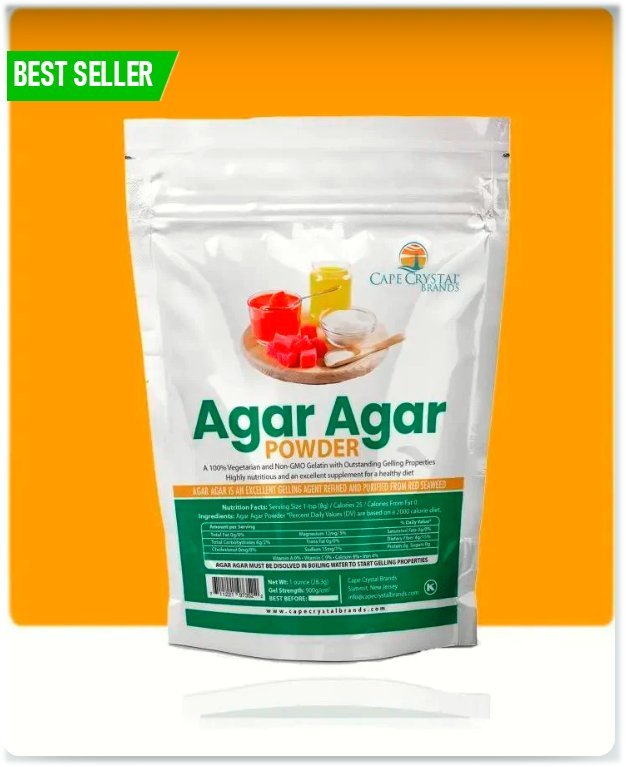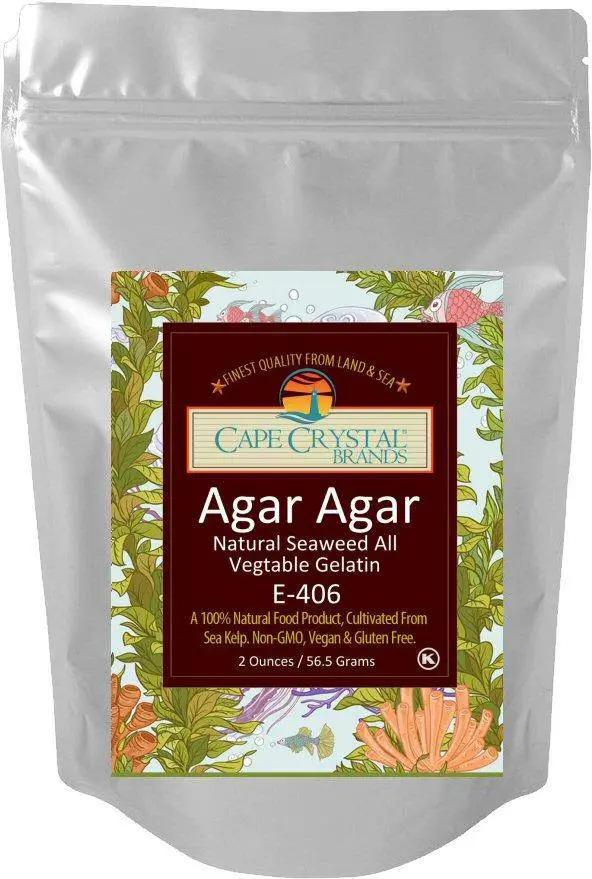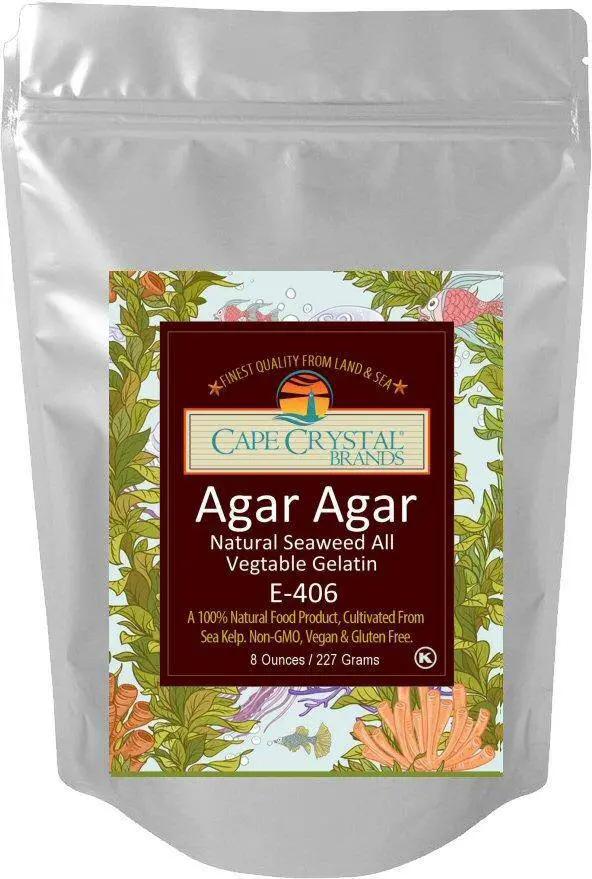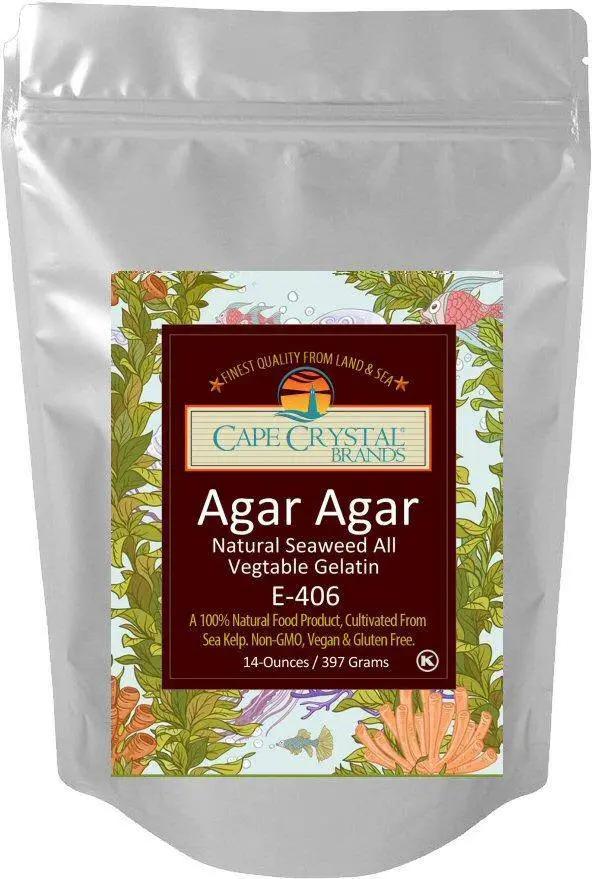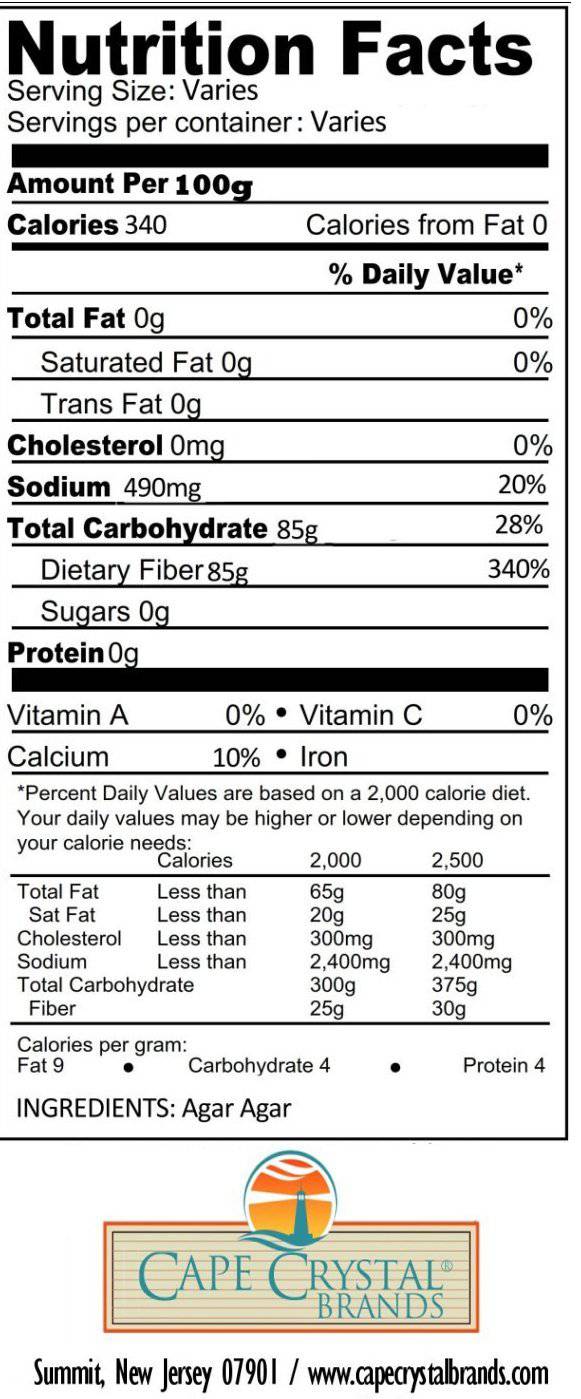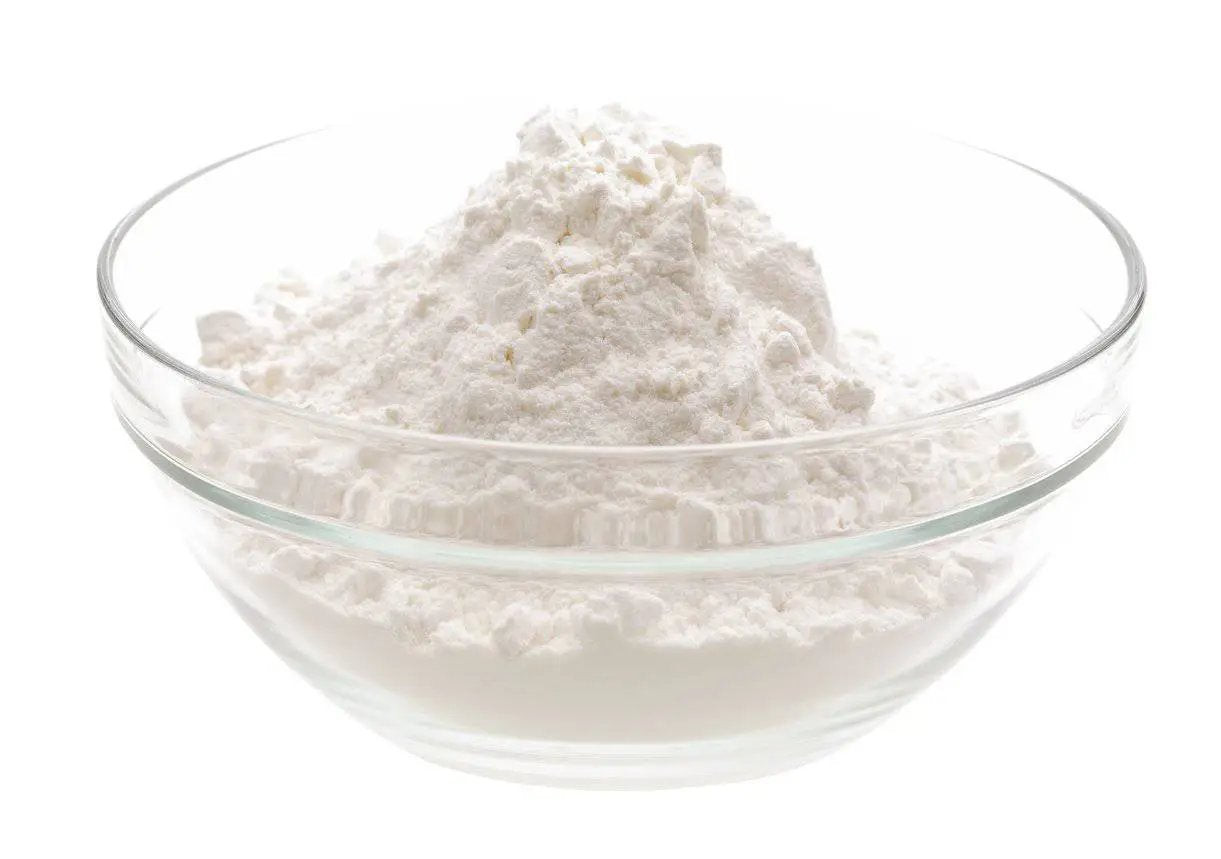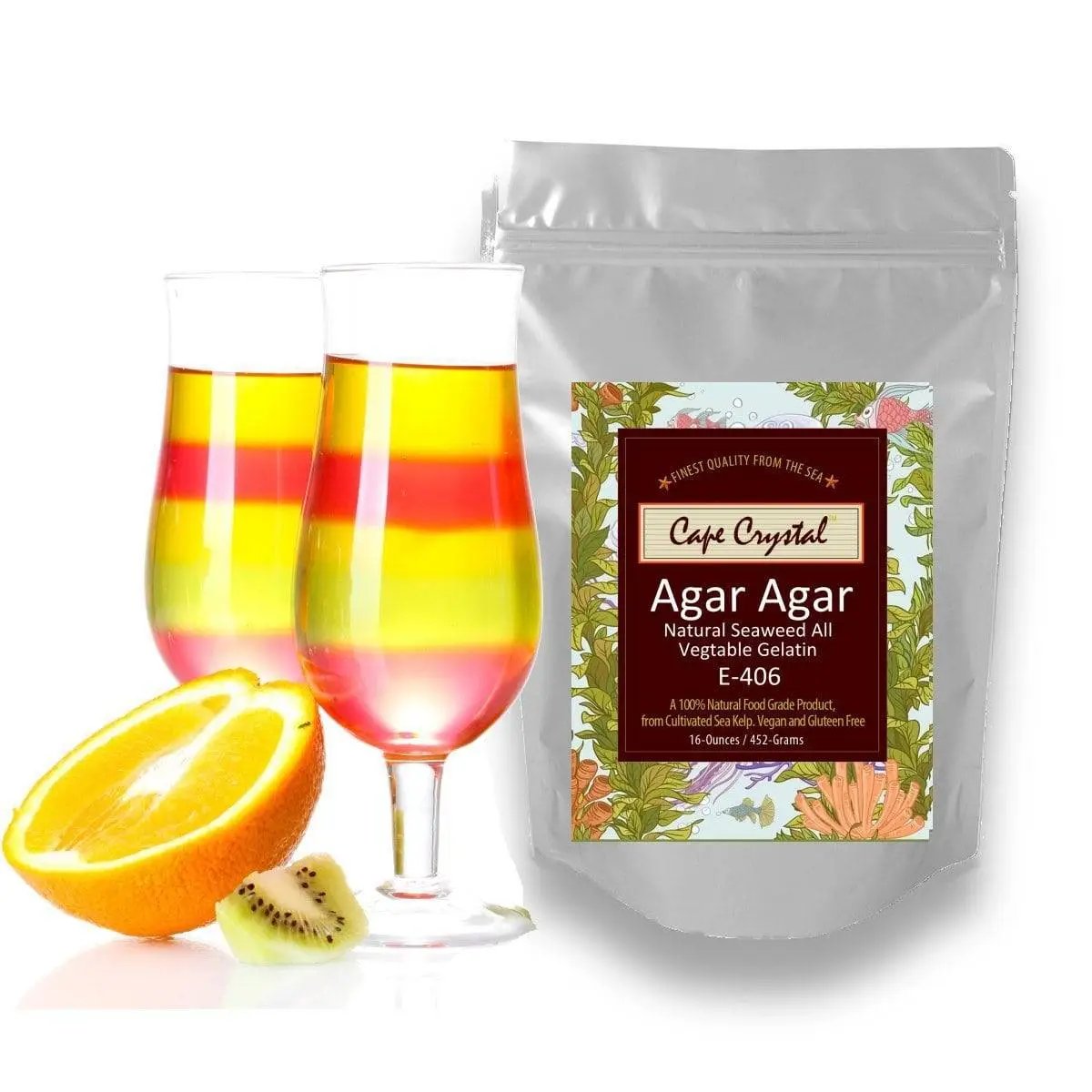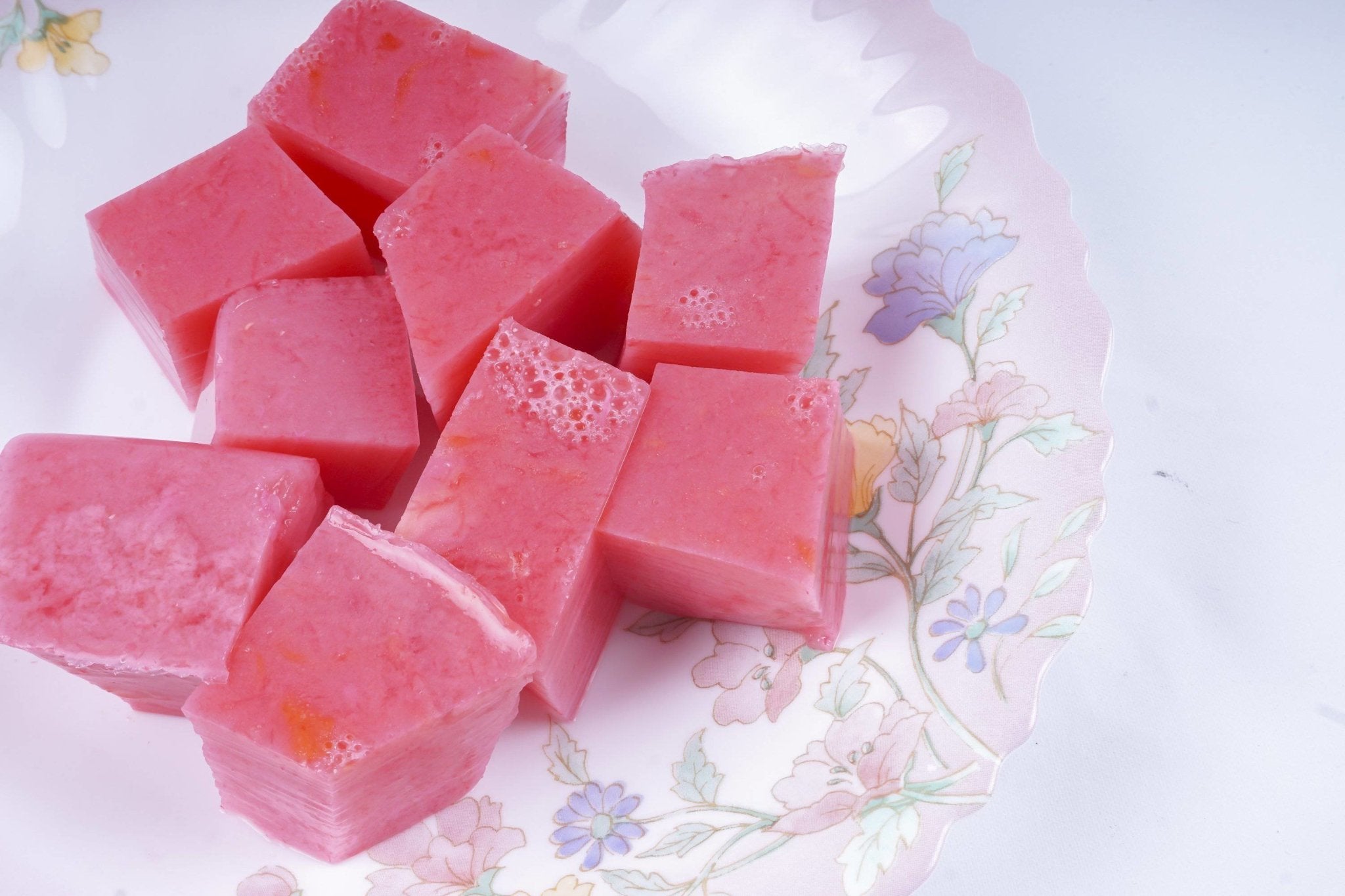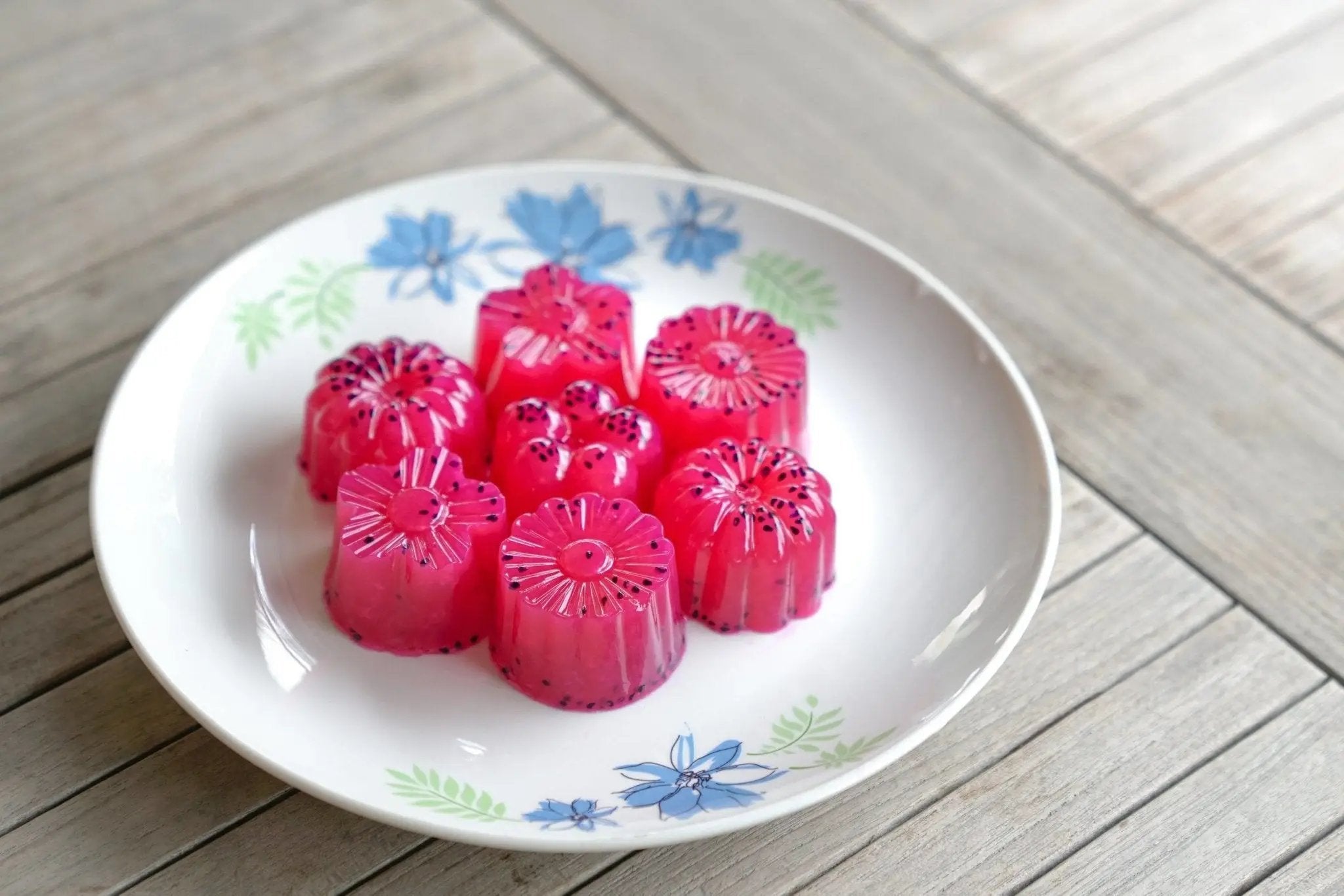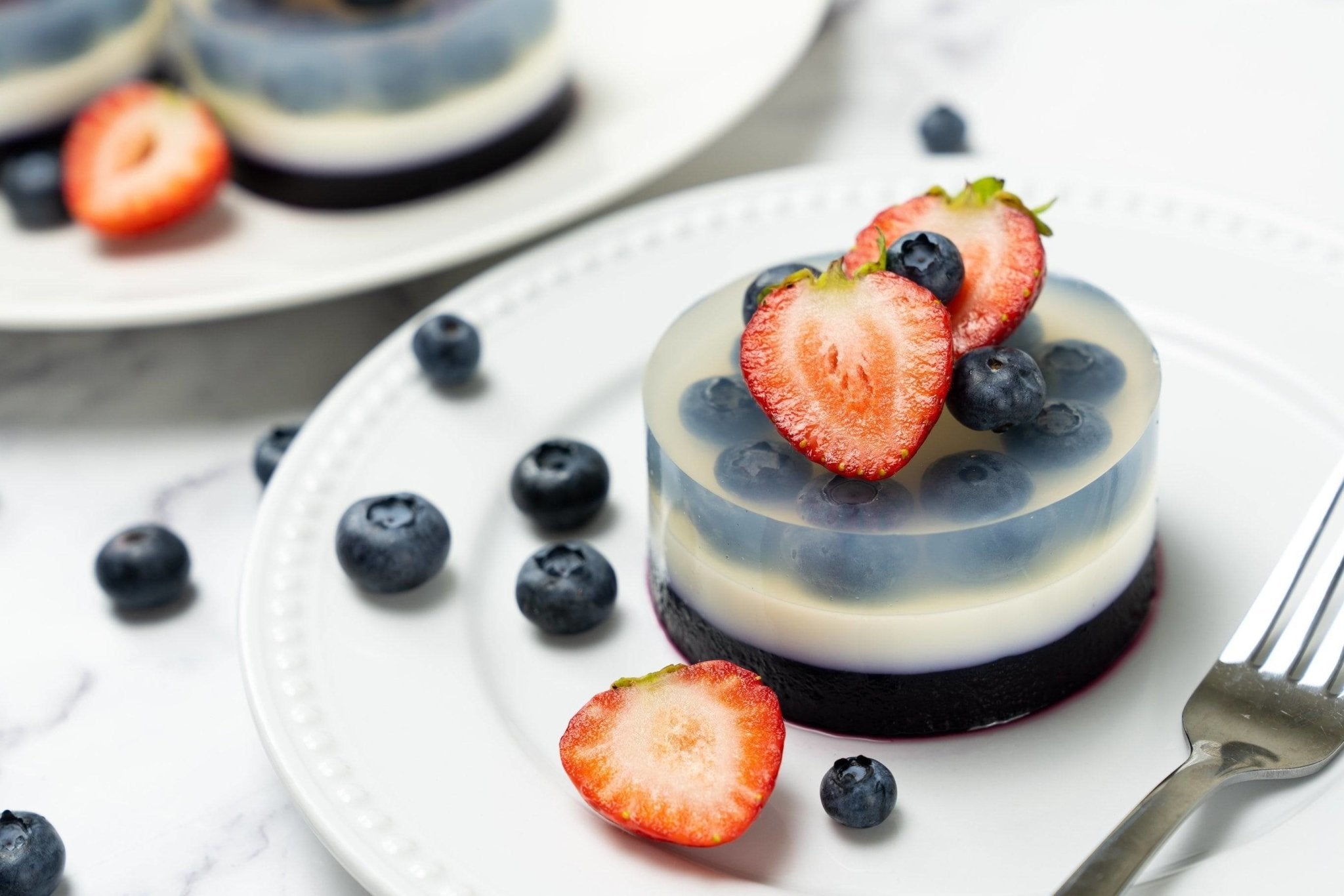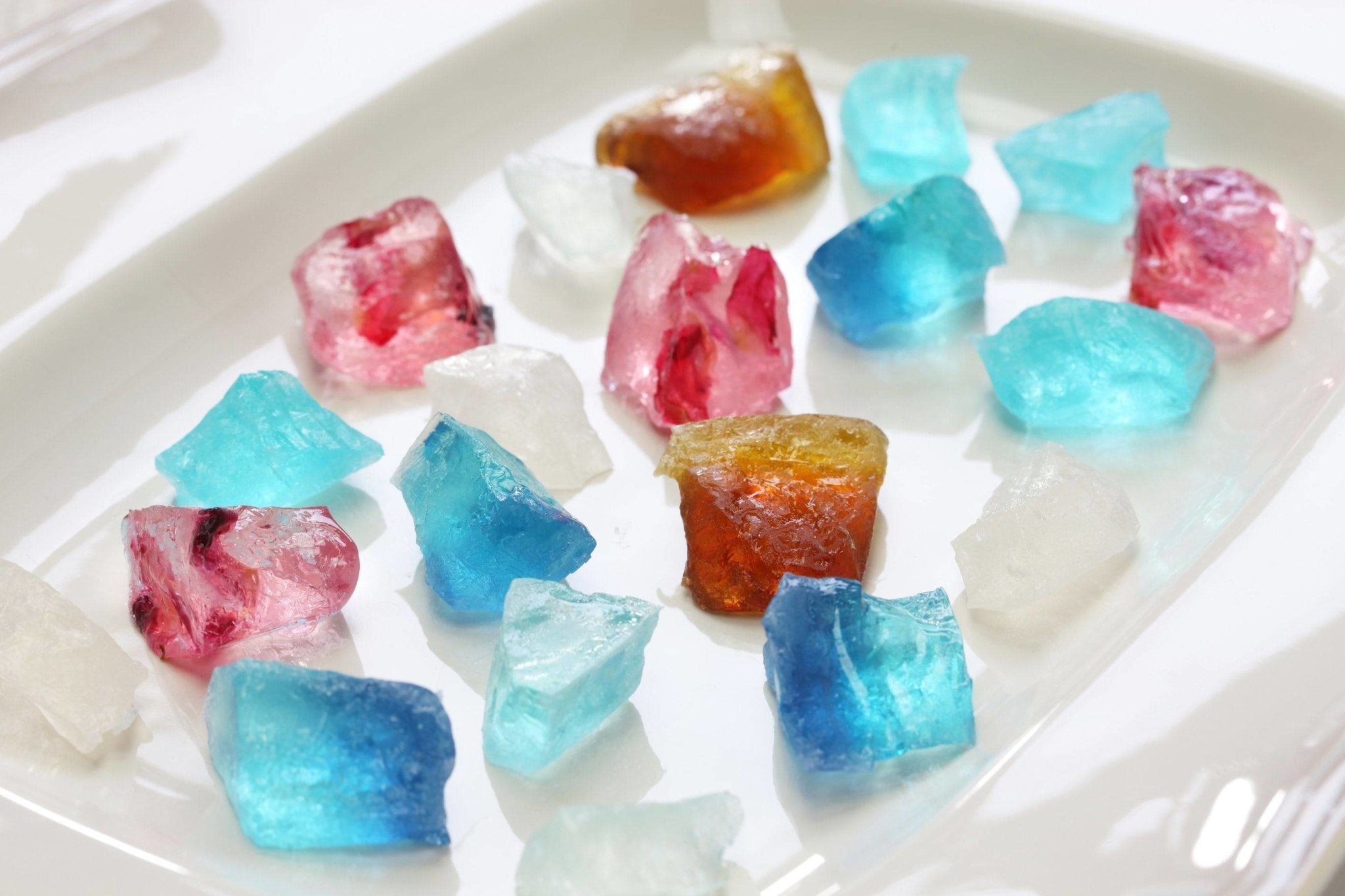
Hydrocolloid: Inulin
SUBSCRIBE TO OUR BLOG
Promotions, new products, and recipes.
Inulin: The Prebiotic Polysaccharide Enhancing Gut Health
Inulin, a naturally occurring polysaccharide found in many plants, has garnered attention for its prebiotic properties and dietary fiber content. But what drives the increasing interest in this hydrocolloid, and how is it incorporated into modern diets?
Historical Context
Inulin has been consumed for thousands of years, with its primary sources being plants like chicory root, agave, and Jerusalem artichoke. Its health benefits, particularly for gut health, have been recognized and valued in traditional diets.
The Molecular Science of Inulin
Inulin is a fructan, consisting mainly of fructose units linked by β(2→1) bonds. Its structure allows it to bypass digestion in the upper gastrointestinal tract, leading to fermentation in the colon, which benefits gut microbiota.
Production and Refinement
Commercially, inulin is primarily extracted from chicory roots. The roots are harvested, washed, and then subjected to a hot water extraction process. The extracted inulin is then purified, concentrated, and dried to produce a fine powder.
A Multifaceted Ingredient
Inulin's health benefits and functional properties have led to its use in various sectors:
- Food Industry: Used as a fat replacer, texture enhancer, and to increase dietary fiber content in products like yogurts, cereals, and baked goods.
- Nutraceuticals: Recognized for its prebiotic properties, promoting gut health.
- Pharmaceuticals: Employed as a filler and binder in tablet formulations.
Inulin in Culinary Creations - Proportions
Given its health benefits and functional properties, inulin's usage is specific:
-
Functional Foods:
- Proportion: 2% to 10% of the total weight.
- Purpose: Enhances fiber content and supports gut health.
-
Dairy Products:
- Proportion: 1% to 5% of the total weight.
- Purpose: Improves texture and mouthfeel.
Conclusion
Inulin, with its dual role as a functional ingredient and health promoter, has become a sought-after hydrocolloid in the food and health sectors. Its ability to support gut health and enhance food texture underscores its significance in contemporary diets.
For further reading: Gum Karaya
References:
- Roberfroid, M.B. "Inulin-type fructans: functional food ingredients." The Journal of Nutrition, 2007.
- Meyer, D., & Stasse-Wolthuis, M. "The bifidogenic effect of inulin and oligofructose and its consequences for gut health." European Journal of Clinical Nutrition, 2009.

Inulin: The Prebiotic Polysaccharide Enhancing Gut Health
Inulin, a naturally occurring polysaccharide found in many plants, has garnered attention for its prebiotic properties and dietary fiber content. But what drives the increasing interest in this hydrocolloid, and how is it incorporated into modern diets?
Historical Context
Inulin has been consumed for thousands of years, with its primary sources being plants like chicory root, agave, and Jerusalem artichoke. Its health benefits, particularly for gut health, have been recognized and valued in traditional diets.
The Molecular Science of Inulin
Inulin is a fructan, consisting mainly of fructose units linked by β(2→1) bonds. Its structure allows it to bypass digestion in the upper gastrointestinal tract, leading to fermentation in the colon, which benefits gut microbiota.
Production and Refinement
Commercially, inulin is primarily extracted from chicory roots. The roots are harvested, washed, and then subjected to a hot water extraction process. The extracted inulin is then purified, concentrated, and dried to produce a fine powder.
A Multifaceted Ingredient
Inulin's health benefits and functional properties have led to its use in various sectors:
- Food Industry: Used as a fat replacer, texture enhancer, and to increase dietary fiber content in products like yogurts, cereals, and baked goods.
- Nutraceuticals: Recognized for its prebiotic properties, promoting gut health.
- Pharmaceuticals: Employed as a filler and binder in tablet formulations.
Inulin in Culinary Creations - Proportions
Given its health benefits and functional properties, inulin's usage is specific:
-
Functional Foods:
- Proportion: 2% to 10% of the total weight.
- Purpose: Enhances fiber content and supports gut health.
-
Dairy Products:
- Proportion: 1% to 5% of the total weight.
- Purpose: Improves texture and mouthfeel.
Conclusion
Inulin, with its dual role as a functional ingredient and health promoter, has become a sought-after hydrocolloid in the food and health sectors. Its ability to support gut health and enhance food texture underscores its significance in contemporary diets.
For further reading: Gum Karaya
References:
- Roberfroid, M.B. "Inulin-type fructans: functional food ingredients." The Journal of Nutrition, 2007.
- Meyer, D., & Stasse-Wolthuis, M. "The bifidogenic effect of inulin and oligofructose and its consequences for gut health." European Journal of Clinical Nutrition, 2009.


|
About the Author Ed is the founder of Cape Crystal Brands, editor of the Beginner’s Guide to Hydrocolloids, and a passionate advocate for making food science accessible to all. Discover premium ingredients, expert resources, and free formulation tools at capecrystalbrands.com/tools. — Ed |
- Choosing a selection results in a full page refresh.

















